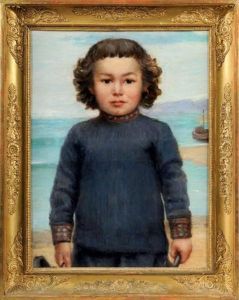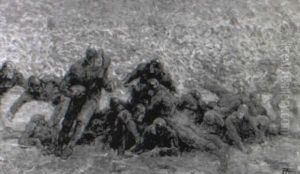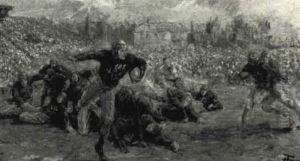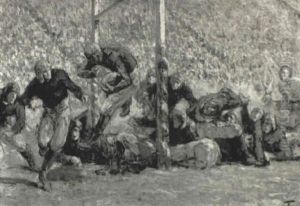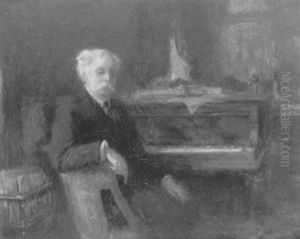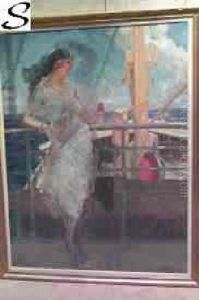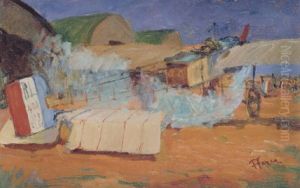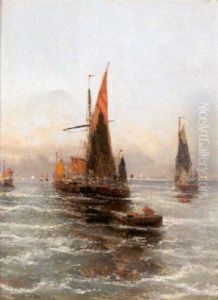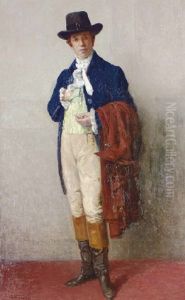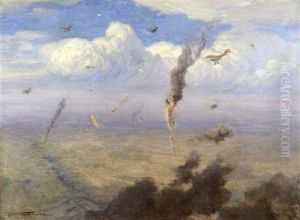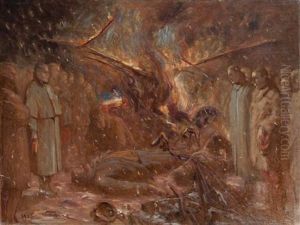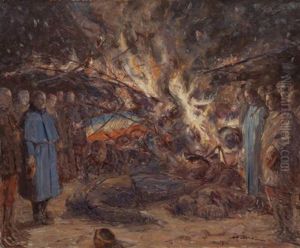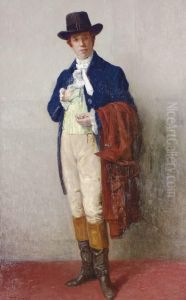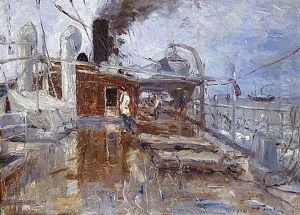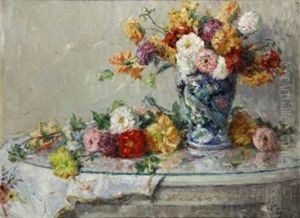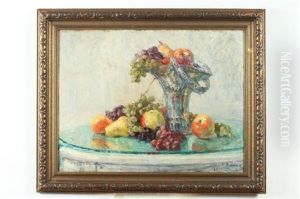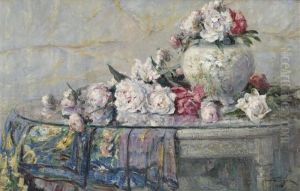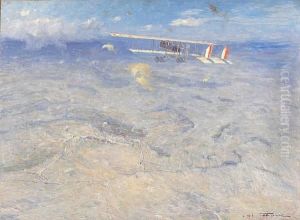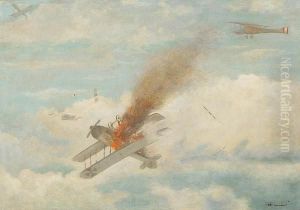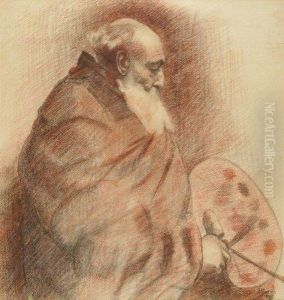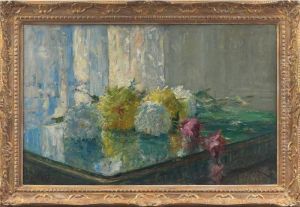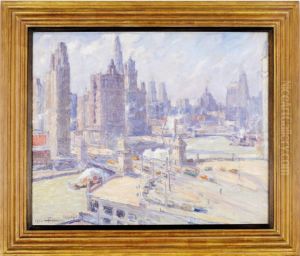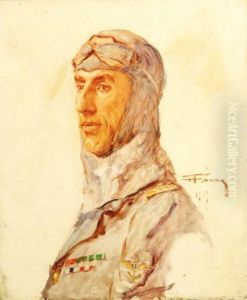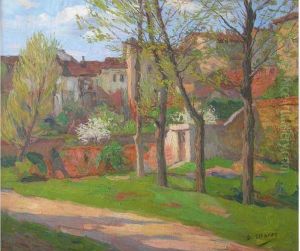Henri Farre Paintings
Henri Farre was a distinguished French artist, born in Valence, Drôme in 1871, known primarily for his roles as a painter and aviator. His work is notably recognized for the unique perspective it brought to early 20th-century art, especially through his depictions of aerial combat and aviation during World War I. Farre's experiences as a pilot significantly informed his artistic vision, allowing him to capture the nascent air battles of the era with a vibrancy and immediacy that were unparalleled at the time.
Before his involvement in World War I, Farre pursued artistic studies, developing a foundation that would later enable him to document war from an aerial viewpoint. His transition into aviation came with the advent of the war, where he served in the French Air Force. This experience was transformative, not only for Farre's understanding of flight but also for his artistic output. He became one of the first to portray aerial combat and reconnaissance missions, bringing a new dimension to war art.
During the war, Farre was officially commissioned to document the air battles and daily life of pilots. His works from this period are characterized by dynamic compositions, attention to detail, and a vivid portrayal of the machines and men who were part of this new form of warfare. His paintings are among the earliest artistic attempts to capture the experience of flight and aerial combat, making them historically significant.
After the war, Farre continued to paint, with his subject matter expanding beyond military themes to include landscapes and portraits. Nevertheless, it is his war art that remains his most celebrated contribution to the field. Henri Farre's work provides a unique insight into the early days of aviation and aerial warfare, reflecting both the technological advancements of the time and the human aspects of war.
Farre's legacy is preserved through his paintings, which are held in various collections and museums around the world. His contribution to art and aviation history remains significant, offering a poignant and dynamic perspective on a transformative period in world history. Henri Farre passed away in 1934, leaving behind a body of work that continues to be studied and admired for its historical and artistic value.
